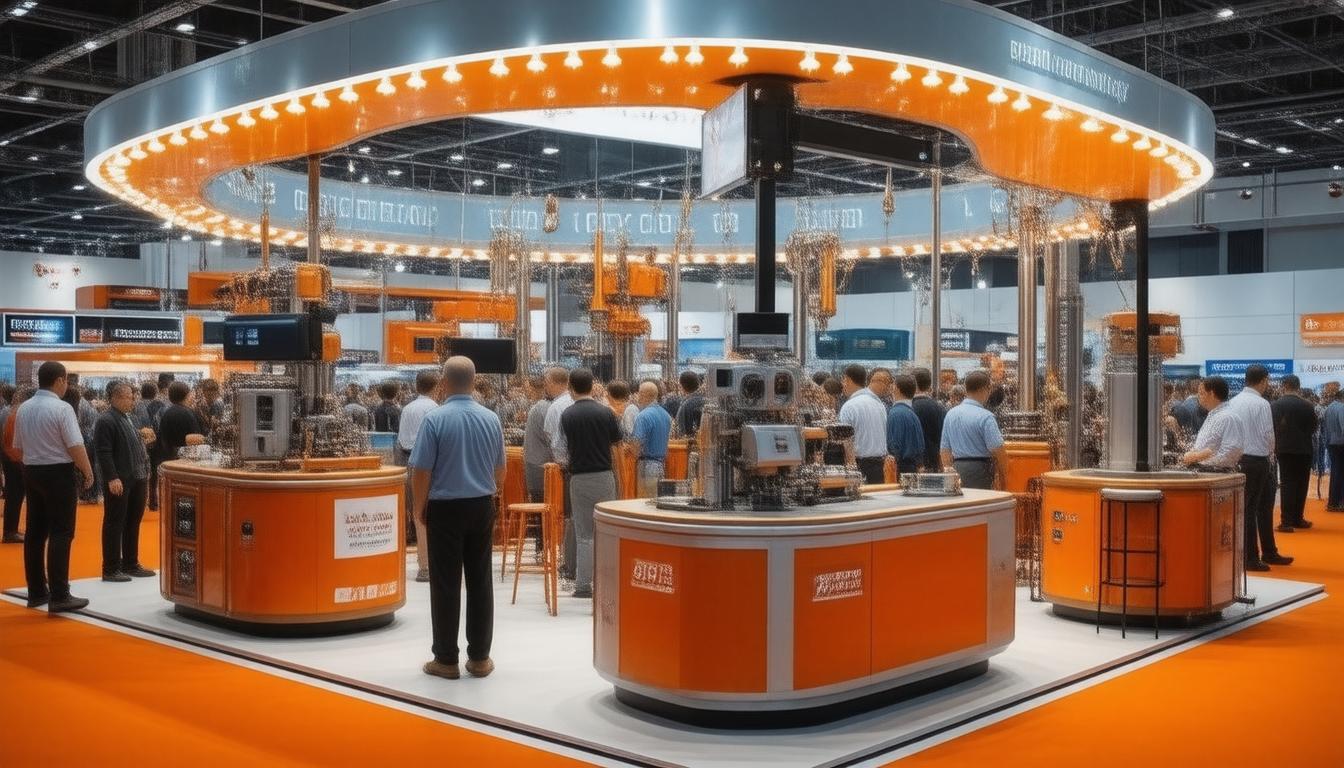
The traditional manner of installing and maintaining sewer systems has long been characterized by the open trench methodology. This process involves physically digging trenches to lay down sewer pipes, a technique that dates back to ancient civilizations and has been fraught with inefficiencies and disruptions. The open trench method has not only been labor-intensive, costly, and time-consuming but has also led to significant environmental disruption, interrupting traffic, and causing considerable inconvenience to the public and businesses alike.
Despite the historical burden of open trenches, their use persisted largely due to the absence of alternatives that could provide reliable underground infrastructure. Furthermore, the maintenance of these sewer systems has traditionally required frequent excavation, which inflicted repeat damage to the urban landscape and was a nuisance to daily life.
The Trenchless Technology BreakthroughThe advent of trenchless technology has been nothing short of a revolution in the way we handle our sewer systems today. This innovative approach eliminates the need for extensive excavation to install or repair sewer lines. Instead, trenchless methods utilize sophisticated equipment to repair or replace pipes right beneath the ground with minimal surface disturbance.
Trenchless techniques such as Cured-in-Place Pipe (CIPP), pipe bursting, and horizontal directional drilling (HDD) have not only streamlined the process but have also helped in drastically reducing the environmental footprint of sewer system management. By avoiding the need to dig up large stretches of land, trenchless technology conserves the existing landscape and significantly diminishes the potential for harm to surrounding ecosystems.
The Benefits of Going TrenchlessThe migration from open trenches to trenchless methods brings a myriad of benefits. One of the primary advantages is the significant reduction in cost. Trenchless repairs eliminate the expenses tied to extensive digging, including the costs associated with traffic rerouting, landscape repairs, and protracted labor hours. Moreover, the reduced downtime for the sewer systems equates to minimized disruptions for communities and businesses.
Environmental benefits are evident as well. Trenchless methods incur less soil disruption, which means a reduction in the risk of soil contamination and less debris ending in landfills. Add to this the preservation of surface features such as roads, pathways, and landscaping, and it’s clear that trenchless sewer technology is a far greener alternative.
In terms of durability, trenchless solutions have demonstrated a robustness that rivals, if not exceeds, traditional open trench systems. The materials used, such as epoxy resins in CIPP, are resistant to corrosion and provide a seamless, joint-free pipe lining that effectively prevents tree root intrusion and leaks.
The Challenges and Future of Trenchless TechnologyDespite the overwhelming advantages of trenchless sewer solutions, the transition does possess challenges. One such hurdle is the need for specialized equipment and training, which can represent an entry barrier for many municipalities and service companies. There is also an ongoing requirement to refine techniques and develop new methods that can tackle increasingly complex sewerage systems.
Looking to the future, the industry is optimistic. Innovations such as smart sensors and robotics for inspection and maintenance, continuous improvements in materials and methodologies, and growing environmental consciousness are propelling the trenchless revolution forward. Governments and organizations are recognizing the long-term cost savings and environmental advantages, which bodes well for widespread adoption of these technologies.
In conclusion, we are witnessing an incredibly impactful change in the way our societies manage vital infrastructure. The swing from open trench sewer systems to trenchless methods represents not just a revolution in sewer management, but a resounding step towards sustainable urban development. The trenchless era not only promises a less intrusive and more cost-effective approach but also aligns with the environmental stewardship and innovation that the 21st century demands.






